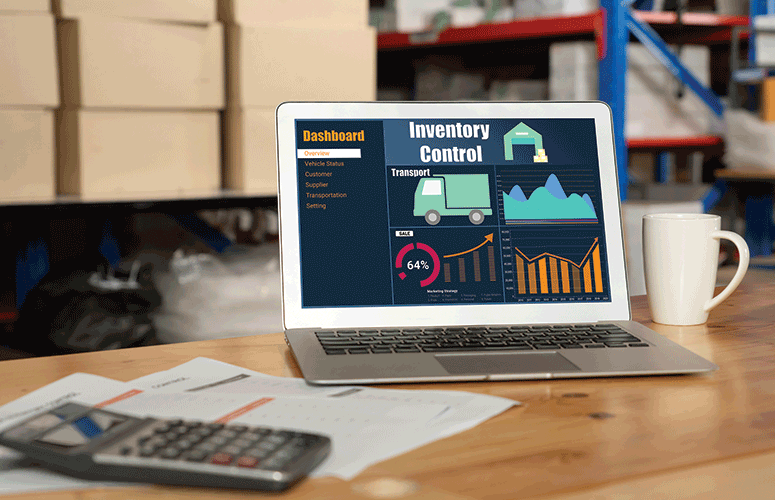
Inventory Management Best Practices
Consistently managing inventory is the most effective way to protect a company from declining product and supplies, overstock, damages and other challenges.
By Chris Martin, CPA, CGMA On Sep 3, 2021Managing inventory is one of the most critical strategic initiatives a business undertakes on a consistent basis to maintain its competitive edge and profitability margins. Companies must embrace a consistent, systematic process that includes all aspects of inventory management – from sourcing and storing, to selling inventory – when managing both raw materials and finished products. A company that properly manages its inventory will have the correct amount of the right stock, at the right time, and at the right cost.
Business leaders must control inventory to avoid losing out on opportunities because items are out of stock, while at the same time ensuring they don’t lose out when excess stock sits on the shelves.
Those who embrace best practices for monitoring inventory typically focus first on the organization’s internal controls, including the processes for ordering, receiving and shipping goods. Second, they maintain an efficient system that relies on strict controls and cycle counting.
Internal controls: Accuracy is critical when determining how much, and when, to stock up. When a company is not sure how much inventory is on hand, they cannot proceed with reordering decisions.
Cycle counting: The careful and regular auditing of stock can help business owners stay ahead of any potential crisis. It is important to know what items are moving off the shelves rapidly as well as to understand which items are sitting on the shelves.
The two inventory management systems most frequently embraced are perpetual and periodic.
A perpetual inventory system is one that allows for immediate tracking of sales and inventory levels for individual items. Under this system, the sale or purchase of inventory is recorded immediately by using computerized point-of-sale systems and enterprise asset management software.
Periodic inventory is another option for managing stock by recording purchases. No continuous record is kept of inventory fluctuations. Instead, under the periodic inventory system, the inventory account is updated at the end of an accounting period rather than after every sale and purchase.
There are advantages and disadvantages to both inventory methods, so the determining factor is the company’s culture, its philosophy, the types of merchandise or goods that it carries in stock and other factors that influence the leadership team.
The main goal for instituting and maintaining an inventory management system is to give the leaders of any company the confidence that they have the current and relevant data they need to take full advantage of future opportunities.
About the Author
Chris Martin, CPA, CGMA is a member of SobelCo. He works in the Accounting and Auditing Practice and leads its Food and Beverage Practice.



